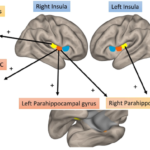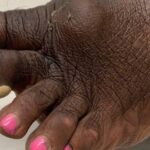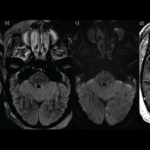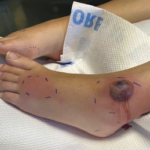PHILADELPHIA—Selecting my top 10 picks for abstracts in psoriatic arthritis (PsA) at the ACR Convergence 2022 meeting was not easy because there was a great deal to review and learn from the 139 abstracts submitted to the meeting. I focused first and foremost on advances in therapeutics that encompassed both new and approved therapeutics, novel…









